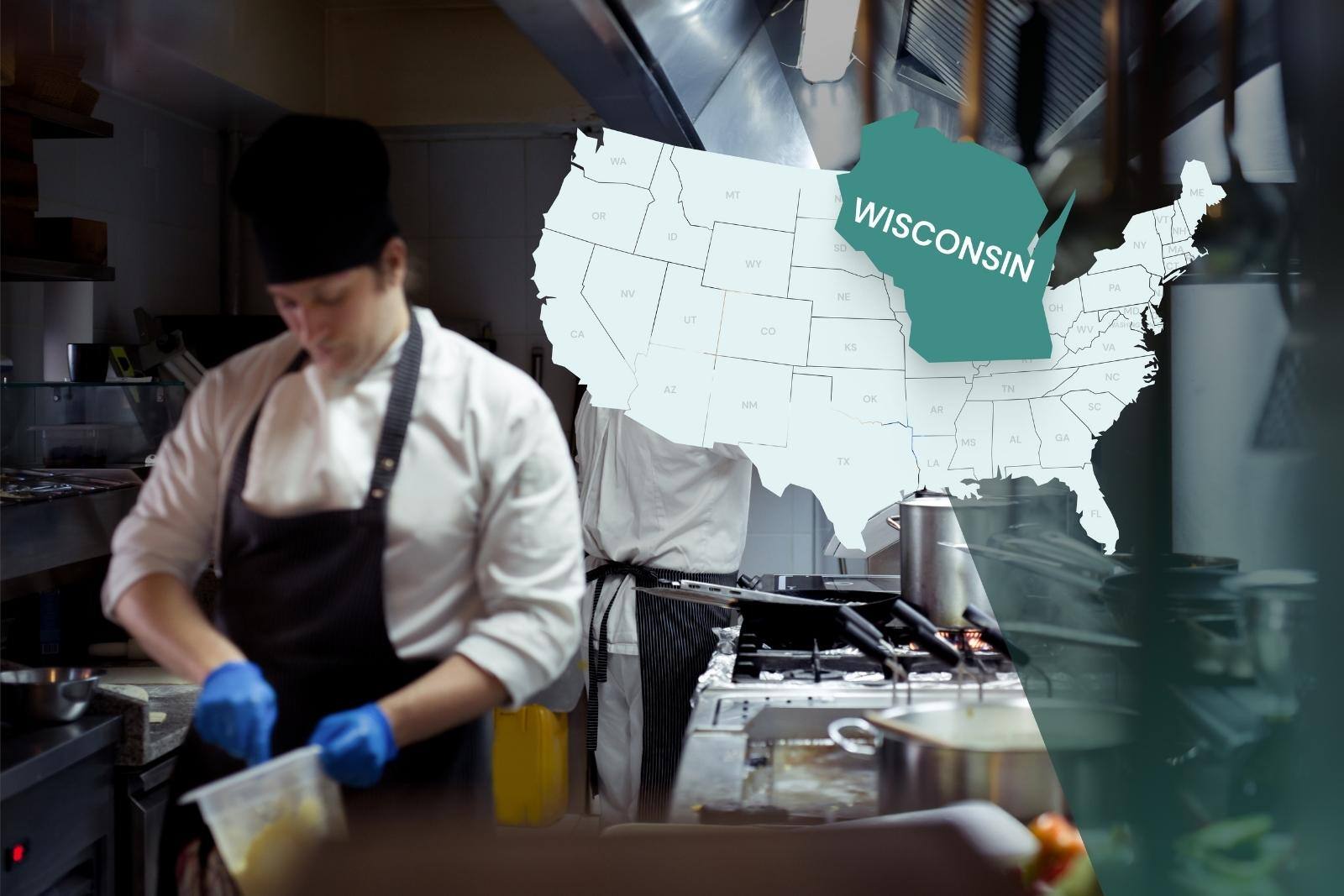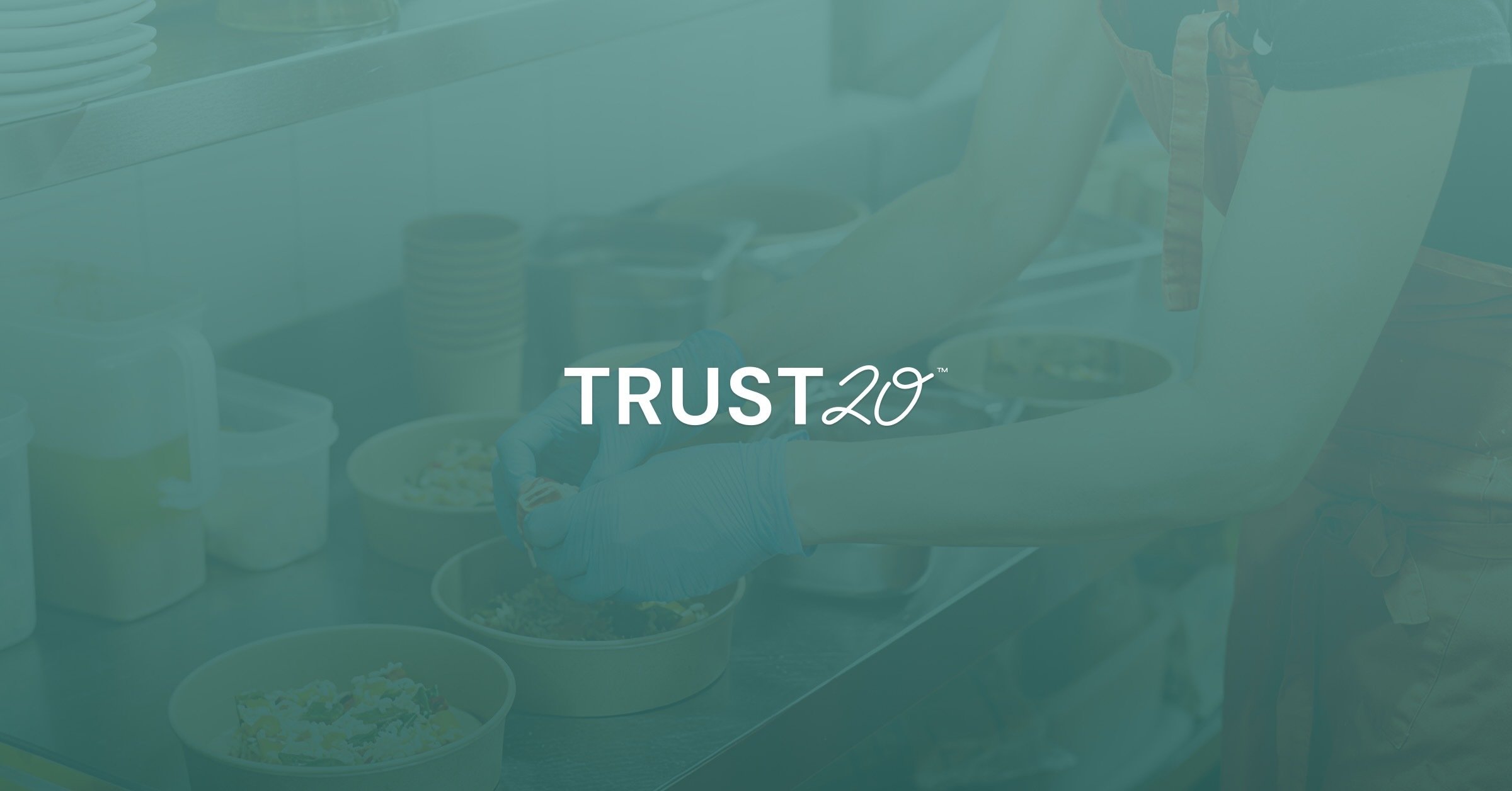The Wisconsin food scene may be known for cheese curds and bratwurst, but the secret to the success of America’s Dairyland starts with food safety.
The Centers for Disease Control estimates that 128,000 people in the United States go to the hospital each year due to foodborne illness, so understanding the finer points of food safety is more critical than ever.
If you work in the food industry, you know handwashing, cleaning and sanitizing, and monitoring temperature controls are all a part of the gig. But what food safety training and certifications are required to help you stay up-to-date with these best practices?
Read on to learn about Wisconsin’s food safety training and certification requirements. This blog will clarify what you need throughout your career in the food industry and answer questions like:
Which version of the FDA Food Code does Wisconsin use?
Does Wisconsin require food handler training?
Does Wisconsin require allergen awareness training?
Does Wisconsin require food manager certification?
Which version of the FDA Food Code does Wisconsin use?
The U.S. Food and Drug Administration (FDA) Food Code is a comprehensive framework that provides the latest food safety recommendations to the entire country. It describes a comprehensive set of standards regarding how to prevent foodborne illnesses.
The FDA updates the code every two years, evolving alongside our understanding of food safety science. The most current edition was released in 2022.
States, territories, counties, and cities can take this information and adopt the guidelines as they see fit. Wisconsin has adopted the 2013 FDA Food Code in its own Wisconsin Food Code.1, 2 The Wisconsin Department of Agriculture, Trade and Consumer Protection (DATCP) regulates food establishments.3
Let’s dive into what is required in Wisconsin.
Does Wisconsin require food handler training?
No, food handler certificate training is not required in Wisconsin. However, if you just started in the industry and terms like “TCS foods” and “date codes” are new to your vocabulary, an online food handler training program may help you feel more prepared–and make your resume stand out.
Does Wisconsin require allergen awareness training?
No, formal allergen awareness training is not required in Wisconsin. However, the consequences of an allergic reaction are serious, and managers are responsible for properly training their teams in allergy awareness.
Managers must ensure their staff understand the nine major allergens, the symptoms of an allergic reaction, how to prevent cross-contact, and how to read food labels.4
Does Wisconsin require food manager certification?
Yes, most establishments in Wisconsin must have at least one manager or operator who is a certified food protection manager.
The only exceptions are establishments that pose “minimal risk,” including prepackaged retail food establishments, establishments only handling fresh fruits or produce, transient events, and micro markets.2,3,4
You can earn your certification by passing an exam from an ANAB-accredited program. In most cases, you must renew your credentials every five years. However, if you oversee five or fewer food handlers, you can just take a Food Safety for Small Operators (Recertification) course–as long as you complete it within 90 days of the expiration of your initial certification.5
The takeaway
Food safety is critical to public health, and food safety regulations simply set the standards. In Wisconsin, food protection managers are essential to creating a food safety culture and ensuring their staff adhere to food handling and allergen best practices. Centering food safety will protect your customers and your business–and allow you to confidently welcome a health inspector into your establishment anytime.
Sources






.png)

.png)
